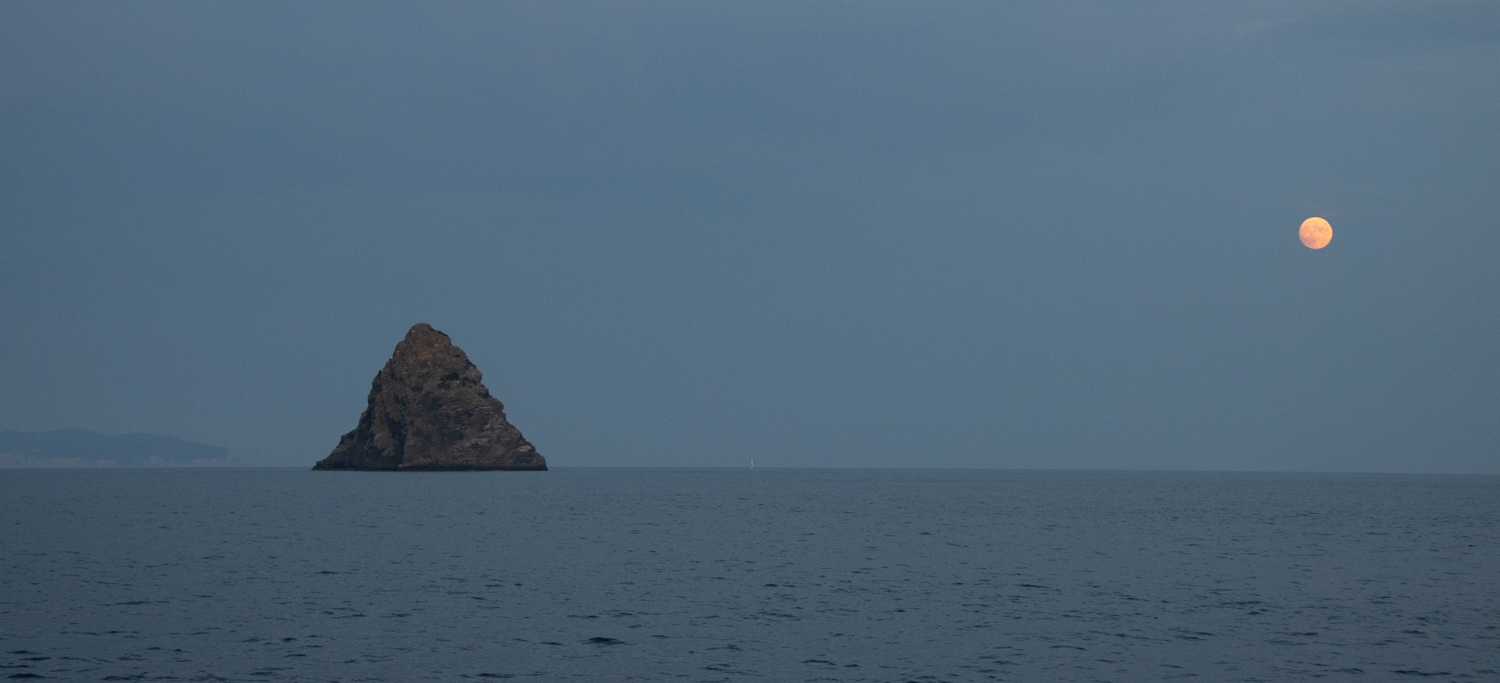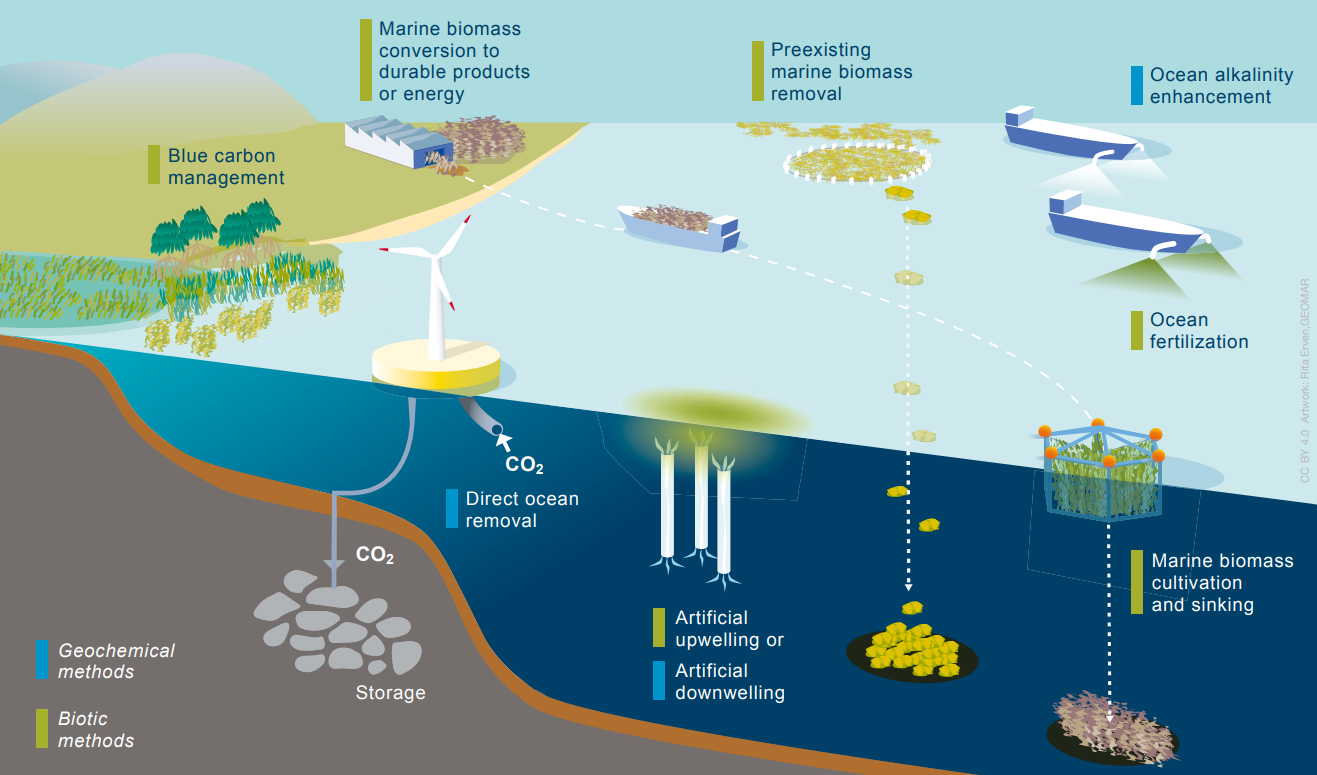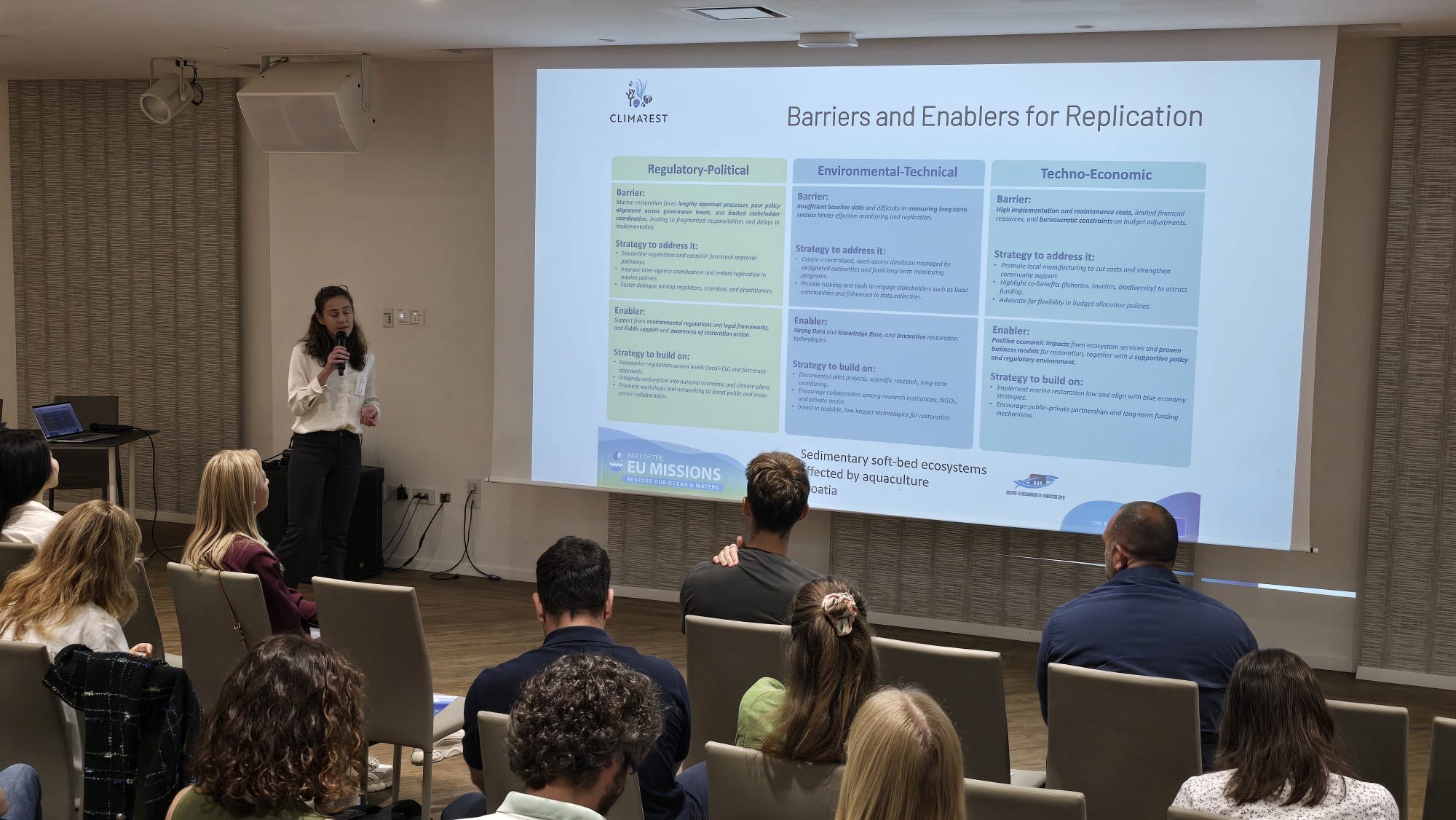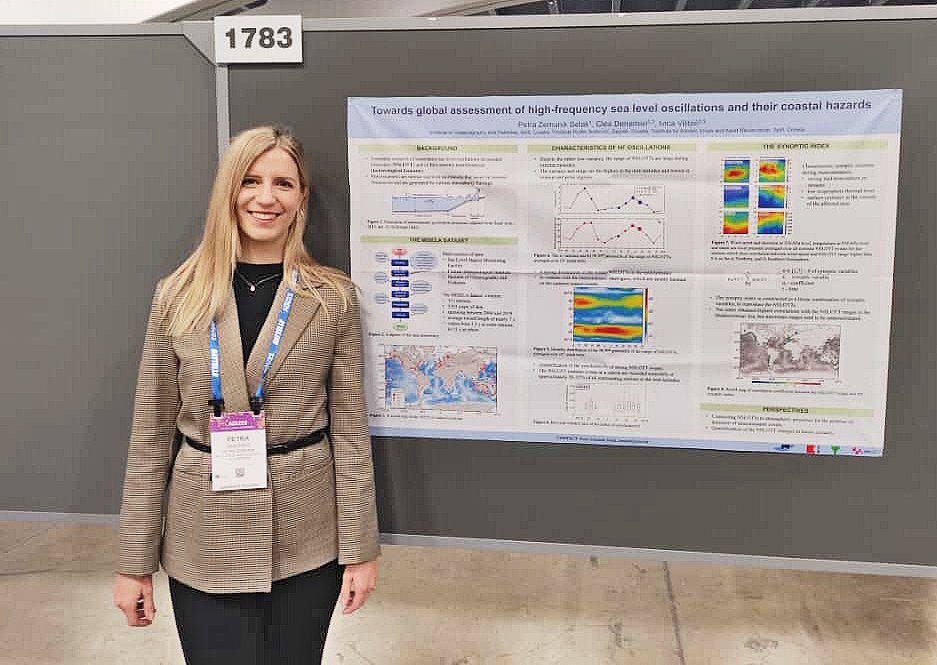Understanding the impact of hydrodynamic processes on plankton communities contributes to a better understanding of the resilience and sustainability of marine ecosystems, which is particularly important in the context of climate change and environmental management.
Planktonic organisms, especially phytoplankton, respond quickly to environmental changes due to their short life cycles and direct dependence on the physical and chemical conditions of the sea. Since plankton forms the base of the marine food web and directly influences higher trophic levels such as fish, understanding local ecological interactions is crucial for the effective management of marine resources—particularly in the still underexplored open areas of the Adriatic Sea.
To thoroughly investigate the influence of different hydrodynamic conditions on the composition and structure of plankton communities, scientists from our institute conducted extensive field research in the waters around the islets of Blitvenica and Jabuka. Seawater sampling was carried out at multiple locations in November 2020 and May 2021. Physical and chemical parameters (temperature, salinity, oxygen, nutrients), plankton communities (bacterioplankton, phyto- and zooplankton), primary production, and horizontal currents were analyzed.
In November 2020, the inflow of warmer and saltier water from the southern Adriatic was recorded, whereas in May 2021, the Krka River had a more significant influence, shaping the physicochemical characteristics of the sea and the nutrient composition. Furthermore, November was marked by the dominance of small picoplankton and an increased presence of coccolithophores at coastal stations. In contrast, May saw a predominance of larger phytoplankton cells (nanoplankton and diatoms), which favored the development of zooplankton, particularly copepod crustaceans. Elevated bacterial production observed in May was the result of both the riverine input of organic material and the release of substances by plankton organisms. A complete analysis of the research is available in the scientific paper published in the journal Estuarine, Coastal and Shelf Science.
These studies show that episodic river inputs can have a significant impact on the development of lower trophic levels in the open parts of the Adriatic Sea.
The research was fully funded by the Croatian Science Foundation through the project “Upwelling and Downwelling in the Middle Adriatic (MAUD).”




